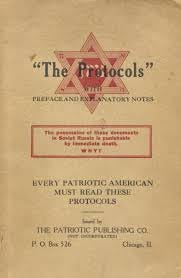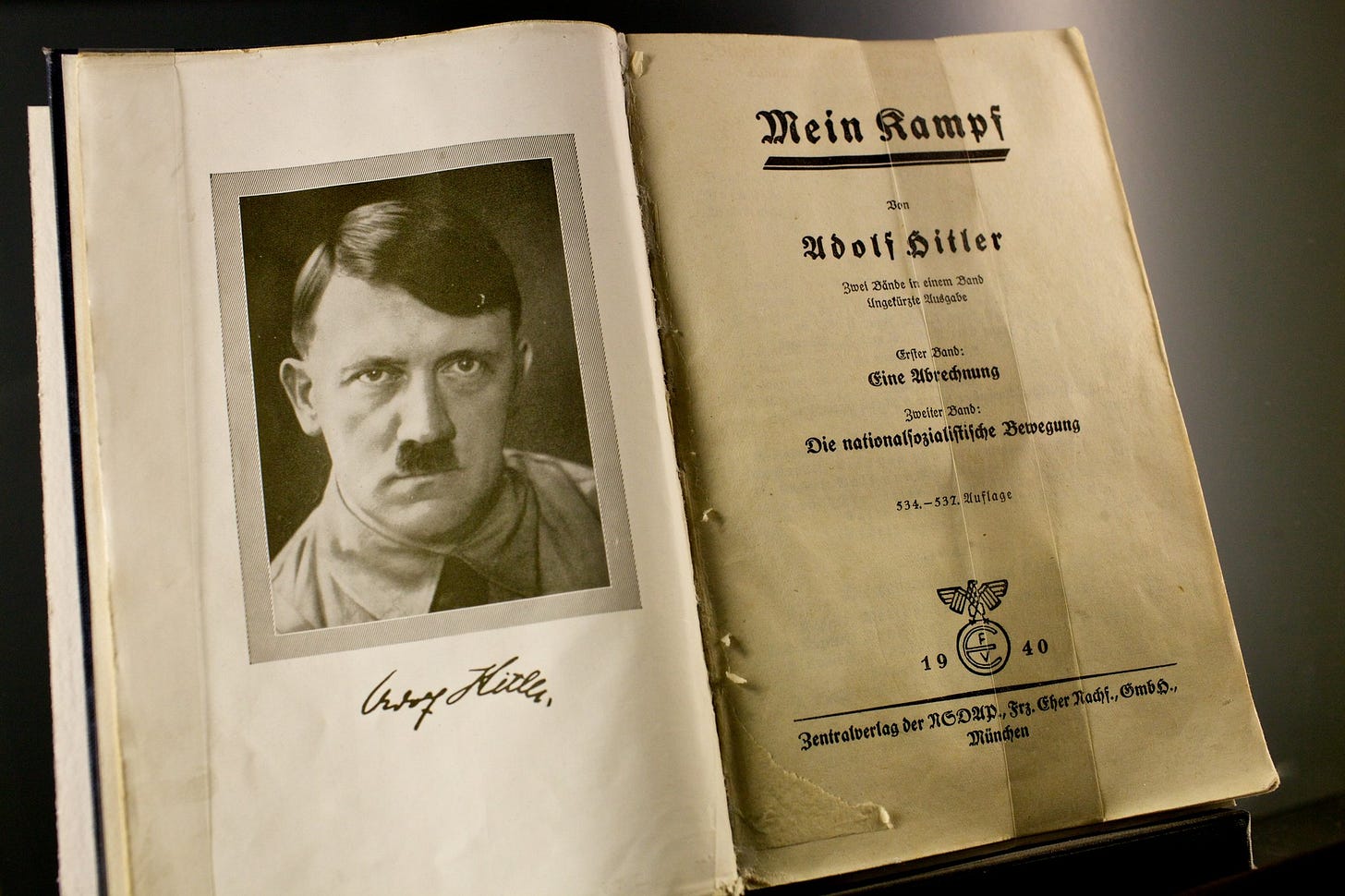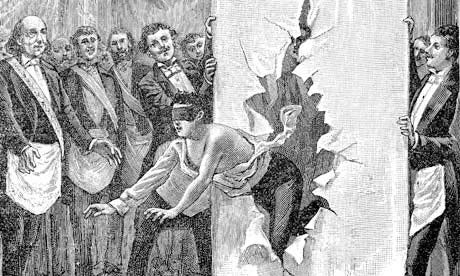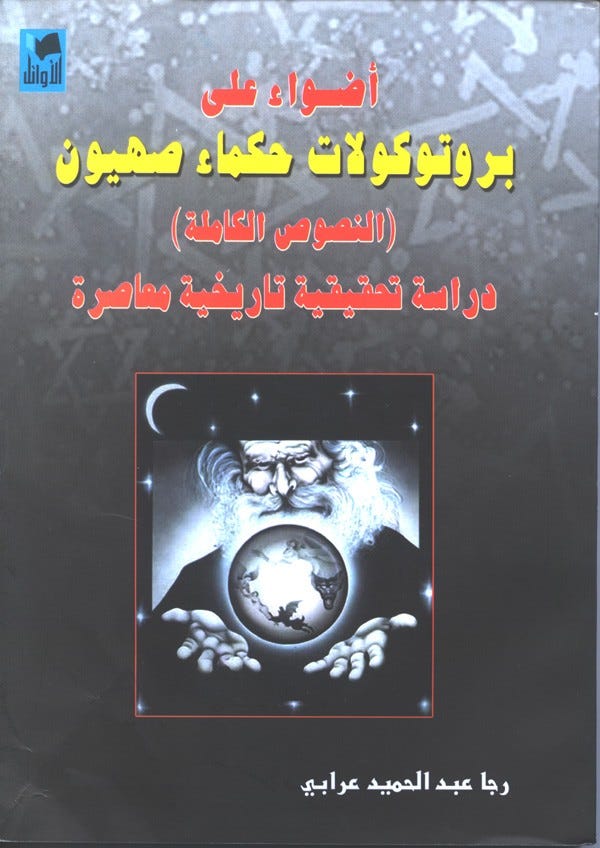The U.S.S.R. Protocols of the Elders of Zion: Forgery, Fabrication, & the Fuel of Jewish Hatred
The text remains a staple in far-right, far-left, Islamist, and conspiracy theory circles, offering a simplistic explanation for global instability.
The Protocols of the Elders of Zion, a notorious fabrication first published in Imperial Russia in 1903, purports to reveal a secret Jewish plot for global domination. Historian Trudy Gold describes it as a complete lie that has nonetheless fanned the flames of antisemitism across the 20th and 21st centuries. The Protocols of the Elders of Zion (Protokoly sionskikh mudretsov) were first published by devotional author Sergei Nilus in the second edition of his 1905 book Velikoe v malom (The Great in the Small). Nilus had previously published other dubious documents, including the “conversations” between landowner Motovilov and Seraphim of Sarov, which were instrumental in the solemn canonization of Seraphim in 1903, in ceremonies led by Emperor Nicholas II.
The Protocols resurfaced in 1917 and quickly spread across the globe, fueling anti-Semitic and anti-Bolshevik fervor. Their authenticity was challenged in public trials, most notably in Berne in 1934-1935. However The Protocols remain a staple of anti-Semitic ideology throughout the world and continue to be published, especially in Russia and Eastern Europe and in the Arab world.
Norman Cohn, in his 1967 book, labeled it the "warrant for genocide," highlighting its role in justifying atrocities, including the Holocaust. Adolf Hitler referenced it extensively in Mein Kampf, and even during World War II, Nazi officials searched for the supposed headquarters of the "Elders" in New York. Translated into over 120 languages, the text remains a staple in far-right, far-left, Islamist, and conspiracy theory circles, offering a simplistic explanation for global instability: a cabal of Jews pulling the strings.
The origins of the Protocols trace back to the dying days of Tsarist Russia under Nicholas II, amid poverty, unrest, and the search for scapegoats. Gold explains that it emerged from antisemitic elements within the Russian secret police and court, influenced by figures like Grand Duke Sergei Alexandrovich and monk Sergei Nilus.
The text was a patchwork forgery, drawing from earlier works such as Hermann Goedsche's 1872 novel Biarritz, which depicted Jews plotting in a Prague cemetery, and Maurice Joly's 1864 satire Dialogue in Hell Between Machiavelli and Montesquieu, a critique of Napoleon III. Additional elements came from French antisemite Édouard Drumont and Russian propagandist Pavel Krushevan, who published early versions in his newspaper, tying it to blood libels and pogroms like the 1903 Kishinev massacre.
The motivation was cynical: to divert public anger from the failing empire toward Jews, portraying them as conspirators behind communism, capitalism, and social upheaval.
As revolutions swept Europe, the Protocols spread like wildfire. During the Russian Civil War (1917–1922), White Russian forces, Ukrainian nationalists, and Allied troops carried copies, associating Jews with Bolshevism due to the disproportionate (though often secular) Jewish involvement in communist leadership, such as Leon Trotsky. Exiled Russian reactionaries brought it to Munich, where it influenced emerging Nazis like Alfred Rosenberg and Adolf Hitler, who integrated it into their worldview. In Germany, it fueled assassinations, such as that of Foreign Minister Walther Rathenau in 1922, seen as an "Elder of Zion."
By the 1920s, it reached America via industrialist Henry Ford, who printed 500,000 copies in his Dearborn Independent, and Britain, where respected outlets like The Times initially treated it seriously before exposing it as a forgery in 1921 through investigations by journalists like Philip Graves.
Court trials in the 1930s, including in Bern, Switzerland, and South Africa, definitively proved the Protocols a fabrication, but this did little to diminish its appeal among believers, who dismissed the rulings as part of the conspiracy. Post-Holocaust, the text infiltrated the Arab world via Soviet propaganda under Stalin, who shifted from supporting Israel to viewing Arabs as allies against the West.
Figures like Haj Amin al-Husseini, the Mufti of Jerusalem, and later leaders such as Egyptian President Gamal Abdel Nasser promoted it, leading to its widespread teaching and even television adaptations in the Middle East.
Today, Israeli soldiers report finding copies in Gaza, and it underpins modern conspiracy theories, from COVID-19 hoaxes to claims of Zionist-Nazi collusion, as alleged in Mahmoud Abbas's PhD thesis. At its core, the Protocols exploits deep-rooted perceptions of Jewish power, stemming from religious tropes—Jews as Christ-killers or eternal outsiders—and 19th-century racial theories amid rapid modernization.
Gold argues that antisemitism thrives in times of uncertainty, where Jews, despite their historical powerlessness (exemplified by the Holocaust), are scapegoated for capitalism (e.g., Rothschilds) and communism (e.g., Marx). This "neat little theory" unites disparate groups: neo-Nazis, Islamists, evangelicals, and left-wing anti-Zionists, who view Israel as the new headquarters of the conspiracy. Yet, amid this darkness, Gold emphasizes Jewish resilience, quoting David Lloyd George in 1925: "You may say you have been oppressed and persecuted—that has been your power. You've been hammered into very fine steel, and that is why you have never been broken." In today's polarized world, with rising extremism and protests chanting "From the River to the Sea," the Protocols' legacy fuels insecurity among Jews, evoking fears of isolation. Gold calls for non-Jews to stand against this hatred, warning that when Jews are targeted, society itself rots.
The story of the Protocols is not just one of fabrication but a cautionary tale of how lies, unchecked, can warrant genocide and divide humanity. As Winston Churchill once grappled with it before rejecting its poison, the world must confront these darker emotions—envy, sibling rivalry among monotheistic faiths—and embrace maturity, recognizing the Jewish people's contributions without resentment.








Except it's the exact plan! 🕵🏻🤷🏻🙎🏻♀️